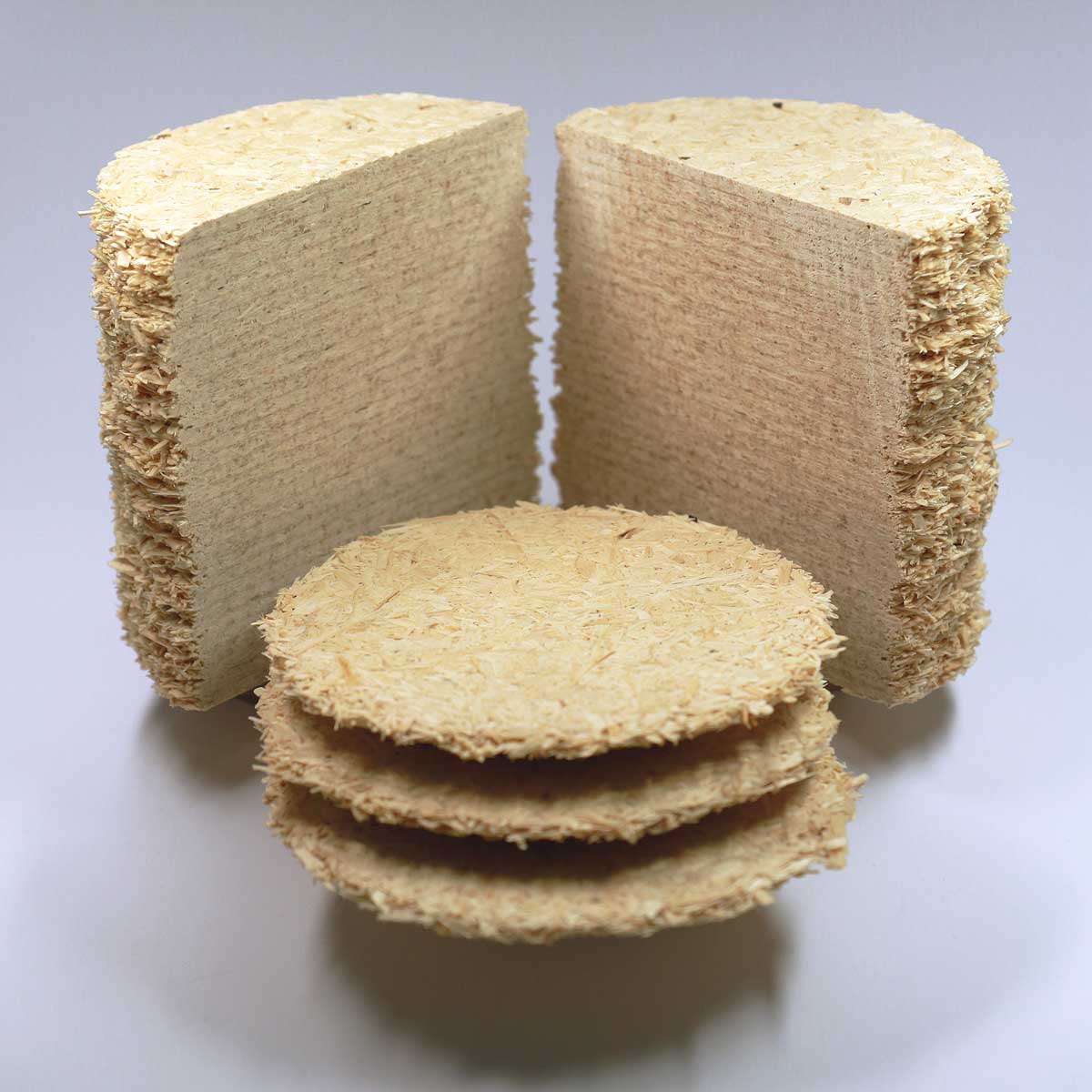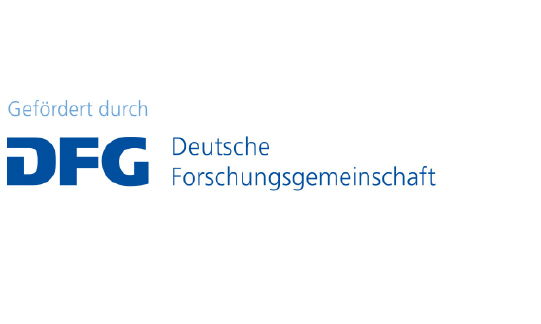In the currently common 3D printing processes using wood-based filaments, wood particles are bound with a thermoplastic binder. This usually requires a high quantity of binder. Moreover, the products produced in this way have mechanical properties which are not suitable for structural applications such as supports or beams.
We are therefore pursuing a new approach: We want to produce components by laminating individual layers of wood particles and binder under high mechanical pressure. In this way, the mechanical properties required for construction applications can be achieved and the necessary quantity of binder can be reduced.
For the structuring of the individual layers, we implement the innovative “individual layer fabrication” (ILF) process. With this, the shape of the individual layers is achieved through the selective binding of wood particles. The ILF process thereby differs from the single-layer process “laminated object manufacturing” (LOM), in which each layer to be laminated is subsequently cut into shape, which produces waste.
A further advantage of the ILF process is that elements with unfilled, closed cavities can be produced, which is not possible with other selective-binding processes. This increases the architectural design leeway and could lead to additional savings in materials.
With the aid of the ILF process, components can be prefabricated in a continuous process. This contributes towards increasing the construction speed. In addition to fresh wood, our procedure can also be used to process waste from the woodworking industry.
Our project is part of the transregional collaborative research center “Additive Manufacturing in Construction (AMC) - The Challenge of Large Scale”, funded by the Deutsche Forschungsgemeinschaft (DFG, German research foundation). The overriding aim of the collaboration is to conduct interdisciplinary research into additive manufacturing for the construction industry. With our sub-project, we are contributing towards enabling the use of renewable raw materials for industrial-scale additive manufacturing in the construction industry.
 Fraunhofer Institute for Wood Research
Fraunhofer Institute for Wood Research 
